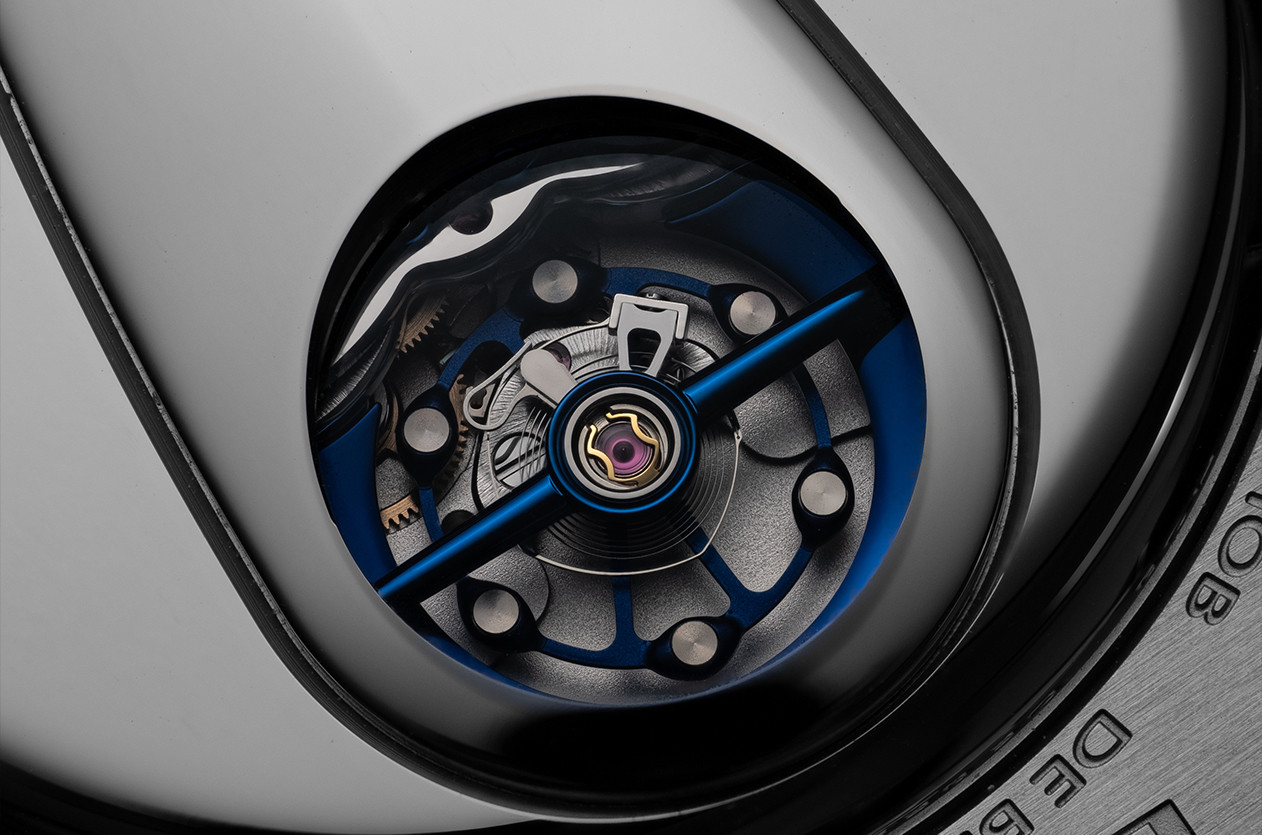
Introducing Hublot Unveils the Big Bang Unico Summer 2025
Welcome to the hub of the horoloy
Have you ever heard of a skeleton watch? Or perhaps you're considering buying a timepiece with an open dial? In this article, we will delve deep into the world of skeleton watches, and you'll soon appreciate the allure of these unique timepieces.

Have you ever heard of a skeleton watch? Or perhaps you're considering buying a timepiece with an open dial?
In this article, we will delve deep into the world of skeleton watches, and you'll soon appreciate the allure of these unique timepieces. You might even find yourself rushing to your favorite brand, searching for their own skeleton watch to add to your collection.
A skeleton watch, also known as an open-worked or skeletonized watch, allows you to witness the intricate inner workings of the movement. By removing as many parts as possible, you can see the mesmerizing components of the watch mechanism, making you appreciate the complexity of its assembly.
The history of skeleton watches dates back 263 years to 1760 when French watchmaker André-Charles Caron invented the first skeletonized pocket watch. He removed the dial, allowing his customers to witness the fully exposed movement in all its detailed glory. However, at that time, these watches did not gain popularity due to the struggling state of the watchmaking industry.
It wasn't until the early 1960s, amidst the quartz crisis that threatened the Swiss watch industry, that skeleton watches experienced a resurgence. Skilled watchmakers, including renowned figures like Armin Strom and Jochen Benzinger, began creating exquisite skeleton timepieces. Their craftsmanship breathed new life into the art, and their dedication continues to this day.
Crafting a skeleton watch requires immense technical skill and artistic prowess. Watchmakers must carefully eliminate unnecessary parts while ensuring proper functioning of the movement. This technical challenge lies in balancing the distribution of mass within the caliber. Additionally, watchmakers utilize techniques like engraving, polishing, and decoration to enhance the mechanical composition of the watch. These techniques require years of training, traditional craftsmanship, and specialized tools.
Skeleton watches are not merely about stripping away internal components; they showcase the meticulous hand-finishing skills of watchmakers. Each individual part undergoes meticulous manual finishing, a process that demands time and patience. To honor these efforts, when purchasing a skeleton watch, be sure to choose one of high quality.
Despite the manual craftsmanship involved, technological advancements have also played a role in the evolution of skeleton watches. Innovations such as calculating the maximum material that can be removed and improving component manufacturing have revolutionized the production process, reducing labor-intensive work hours.
One notable brand in the realm of skeleton watches is Richard Mille. Richard Mille's identity is closely tied to skeleton timepieces, both in terms of weight reduction and distinctive design. Additionally, other brands like Breguet, Cartier, Vacheron Constantin, Audemars Piguet, and Armin Strom have also contributed to the art of skeleton watchmaking.
Some of the beautiful skeleton watches.
Patek Philippe Calatrava Skeleton: Known for its intricate movement and elegant design, this watch showcases the inner workings of the timepiece through a beautifully skeletonized dial.

Audemars Piguet Royal Oak Openworked: A stunning example of a skeleton watch, the Royal Oak Openworked by Audemars Piguet features a highly detailed movement displayed through a skeletonized dial and sapphire crystal case back.

Vacheron Constantin Overseas Tourbillon Skeleton:

In conclusion, if you find yourself captivated by your watch collection, admiring every polished dial and elegant metal bracelet, it may be time to consider adding a skeleton watch. These timepieces are crafted to be cherished as true works of art. When you first lay your eyes upon an exposed dial, it's impossible not to appreciate the intricate craftsmanship within.

Introducing URWERK Unveils Its Latest Creation: The UR-150 Scorpion

Editorial De Bethune, Pioneering Innovation Through Time

Introducing Daniel Roth Unveils New Tourbillon Souscription

Auction F.P. Journe Wins the Battle for a Breguet Legend

Introducing The S3 Deadbeat Seconds Power Reserve from Garrick

Editorial U.S. Tariffs and the Dollar Rate, A New Challenge for the Swiss Watch Industry

News Dubai Watch Week 2025 Will Be the Largest Ever with 90 Brands Participating

Auction Phillips Achieves CHF 43.4 Million at the Geneva Watch Auction XXI

Technical The Frequency, Why It Matters in Mechanical Watches

Editorial Exploring the Distinctive Charm of Regulator Watches

Summary Manuel Emch, Waqt’s Personality of the Year 2024
Comment Delete Text
This page is available in English only. Please click below to visit Arabic Home page!